A Spicy Dive into Low Country Seafood Boil: A Flavorful Guide for Food Lovers
Table of Contents
Introduction to the Low Country Seafood Boil
The Low Country seafood boil is a beloved Southern dish that brings together fresh seafood, bold spices, and hearty sides in one pot. Originating from the coastal regions of South Carolina and Georgia, this dish is more than just a meal—it’s a celebration of flavor, culture, and community. Whether you're hosting a summer gathering or simply craving something spicy and satisfying, the low country seafood boil recipe is a must-try.
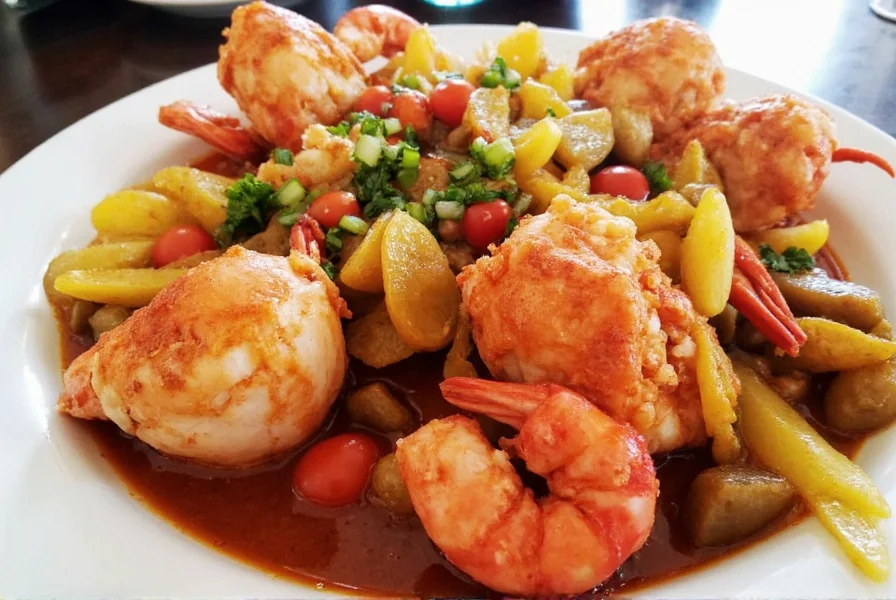
Global Spice Traditions and Their Influence on Seafood Boils
Spices have always played a vital role in cooking around the world, and the Low Country seafood boil is no exception. While it has its roots in Southern American cuisine, the recipe has been influenced by global spice traditions, including Caribbean, Indian, and Southeast Asian flavors. These influences are evident in the use of cayenne pepper, paprika, garlic, and other aromatic seasonings that add depth and heat to the dish.
To give you a better idea of how different spice traditions shape seafood boils, here's a quick comparison:
| Region | Key Spices | Flavor Profile |
|---|---|---|
| Low Country (US) | Cayenne, paprika, garlic, thyme, oregano | Smoky, slightly spicy, and herbaceous |
| Caribbean | Allspice, Scotch bonnet, nutmeg, cinnamon | Rich, fiery, and warm |
| Indian | Cumin, coriander, turmeric, garam masala | Earthy, complex, and aromatic |
| Thai | Galangal, lemongrass, kaffir lime, chili | Tart, spicy, and citrusy |
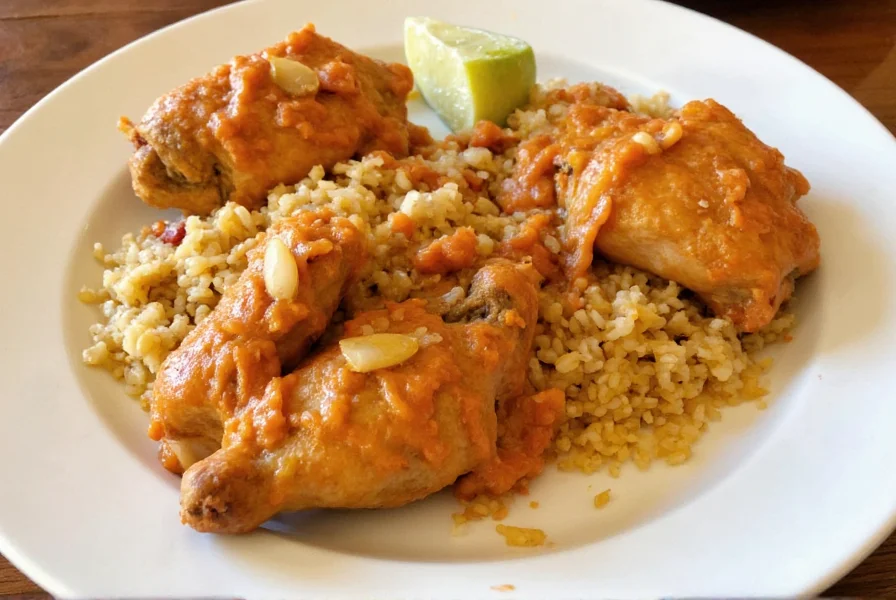
The Low Country Seafood Boil Recipe Explained
At its core, the low country seafood boil recipe is all about simplicity and flavor. It typically includes shrimp, crab, corn, potatoes, and sausage, all simmered in a rich, spiced broth. Here's a breakdown of the key components:
- Seafood: Shrimp, crab claws, and sometimes crawfish are commonly used.
- Veggies: Corn, potatoes, and onions form the base of the dish.
- Sausage: Andouille or smoked sausage adds smokiness and depth.
- Broth: A mixture of water, vinegar, and spices creates the signature flavor.
Here’s a quick step-by-step guide to making your own low country seafood boil:
- Prepare the broth by combining water, vinegar, salt, and your favorite spices.
- Add the vegetables and sausage first to let them cook through.
- Once the veggies are tender, add the seafood and simmer until cooked.
- Serve hot with plenty of napkins and a side of crusty bread or rice.
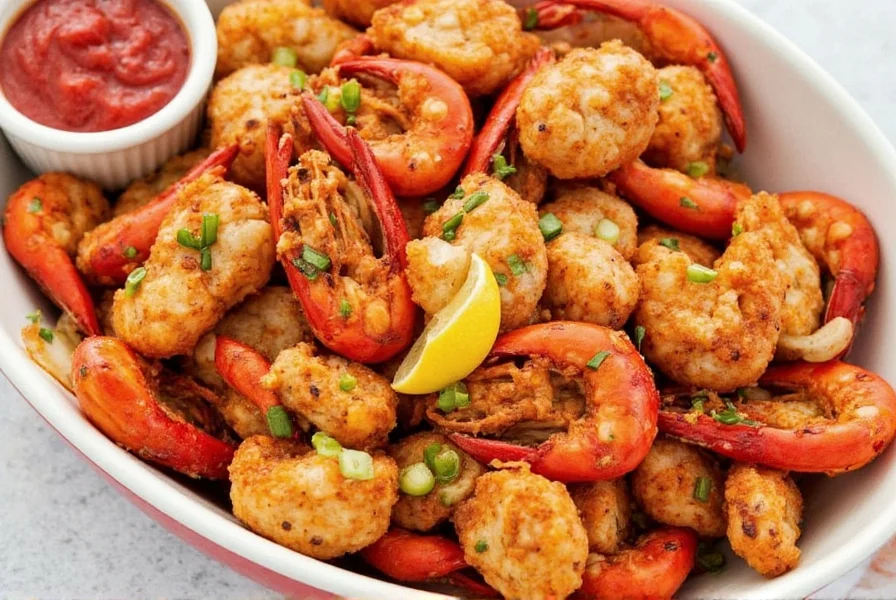
Practical Tips for Perfecting Your Seafood Boil
If you want to take your seafood boil to the next level, here are some practical tips that even seasoned chefs swear by:
- Use fresh seafood: Fresh shrimp and crab will make a huge difference in taste and texture.
- Adjust the spice level: Add more cayenne or chili flakes if you like it extra spicy.
- Season as you go: Don’t be afraid to taste and adjust the seasoning throughout the cooking process.
- Don’t overcrowd the pot: Cooking in batches ensures even heat distribution and prevents the seafood from becoming tough.
- Pair with the right sides: Cornbread, coleslaw, and potato salad are perfect complements.
Another tip that many people overlook is using a large enough pot. A 10-quart pot is ideal for a family-sized seafood boil. This allows the ingredients to move freely and cook evenly without sticking.
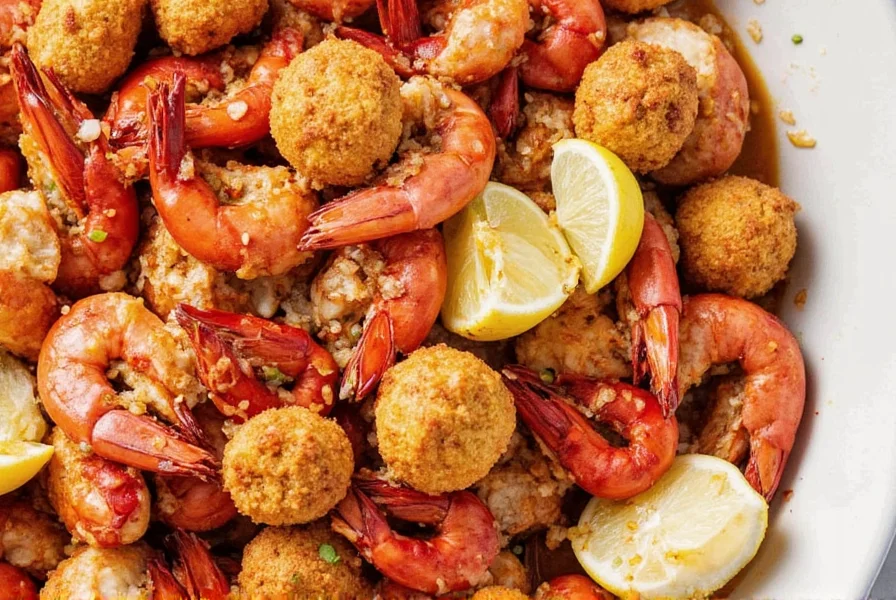
Buying Guide: Essential Ingredients and Tools
To recreate the low country seafood boil at home, you’ll need a few essential ingredients and tools. Below is a detailed buying guide to help you choose the best options:
Essential Ingredients
- Shrimp: Look for large, deveined shrimp that are still firm and not slimy. Frozen shrimp can work well, but try to use fresh whenever possible.
- Crab Claws: Choose pre-cooked or frozen crab claws for convenience. They add a sweet, briny flavor to the dish.
- Andouille Sausage: This smoky, spicy sausage is a staple in low country cooking. Look for it in the deli section of your grocery store.
- Corn: Use fresh or frozen ears of corn. The sweetness pairs perfectly with the spiced broth.
- Potatoes: Yukon gold or red potatoes are great choices—they hold their shape and absorb the spices well.
Spices and Seasonings
- Cayenne Pepper: Adds a nice kick without overpowering the other flavors.
- Paprika: Provides a smoky, slightly sweet note to the broth.
- Garlic Powder: Enhances the overall depth of the dish.
- Thyme and Oregano: These herbs are common in Southern cooking and add a fragrant, earthy quality.
- Vinegar: White or apple cider vinegar gives the broth its tangy, acidic balance.
Tools You’ll Need
- Large Pot or Stockpot: A 10-quart or larger pot is ideal for cooking the seafood boil.
- Lid: Make sure the pot has a tight-fitting lid to trap steam and keep the broth flavorful.
- Wooden Spoon or Ladle: For stirring and serving the seafood and vegetables.
- Colander: Useful for draining the seafood and vegetables after cooking.
- Napkins or Tongs: To handle the hot seafood safely and enjoy the messy, fun part of the meal.
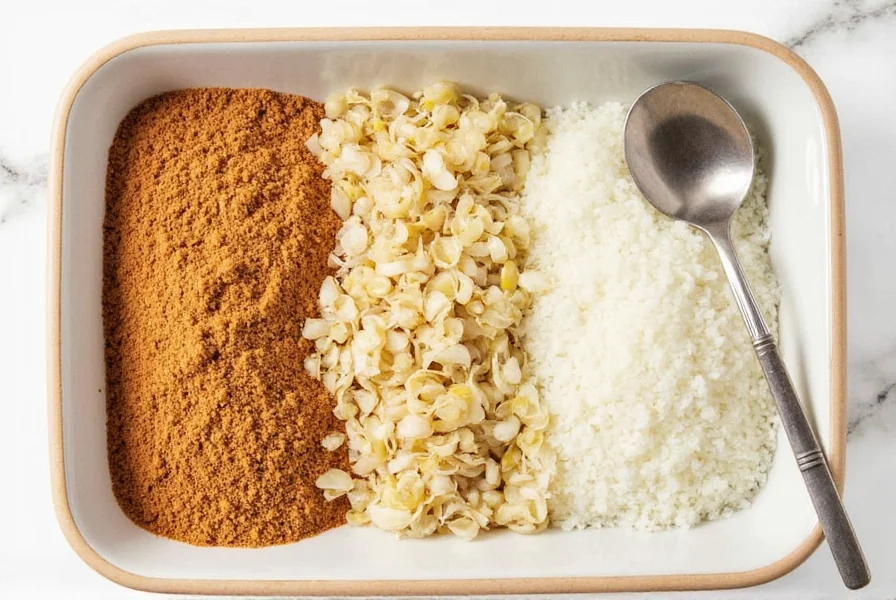
Conclusion
The low country seafood boil recipe is more than just a meal—it’s a cultural experience that brings people together. With its bold flavors, simple preparation, and rich history, it’s a dish that belongs on every food lover’s radar. Whether you’re a seasoned chef or a curious enthusiast, experimenting with this recipe and the global spice traditions that influence it can open up a whole new world of culinary possibilities.
So grab a pot, gather your friends, and get ready to dive into a world of flavor with the low country seafood boil. Remember, the key to a great seafood boil isn’t just the ingredients—it’s the joy of sharing a delicious meal with loved ones.
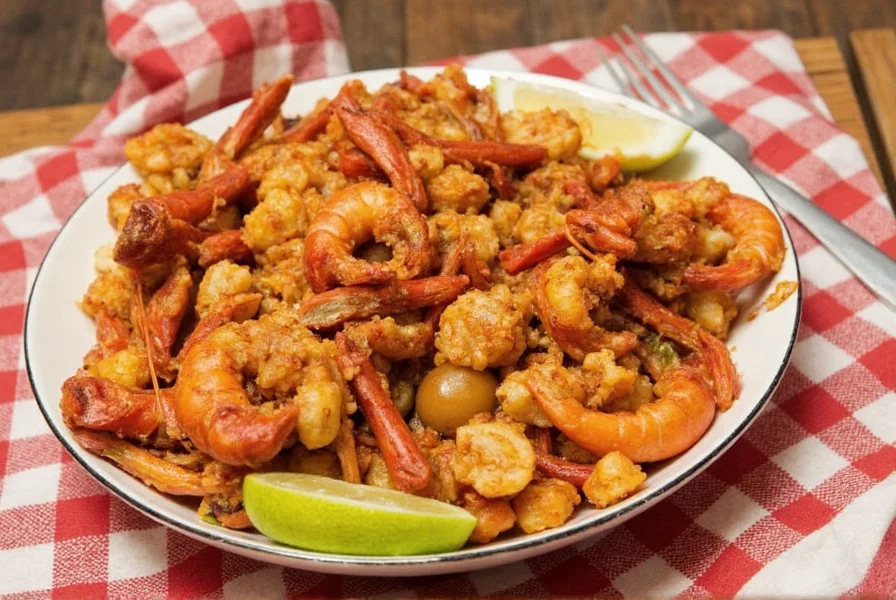

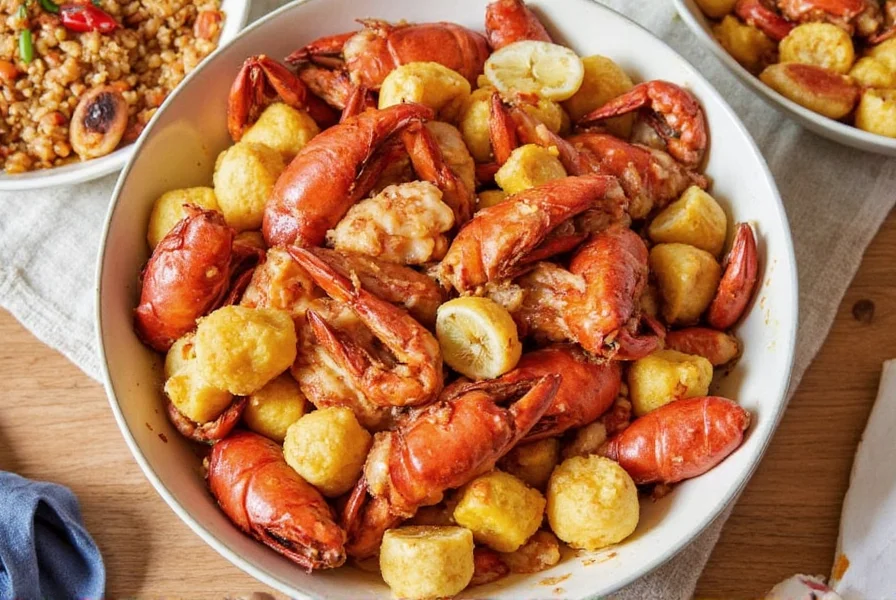









 浙公网安备
33010002000092号
浙公网安备
33010002000092号 浙B2-20120091-4
浙B2-20120091-4